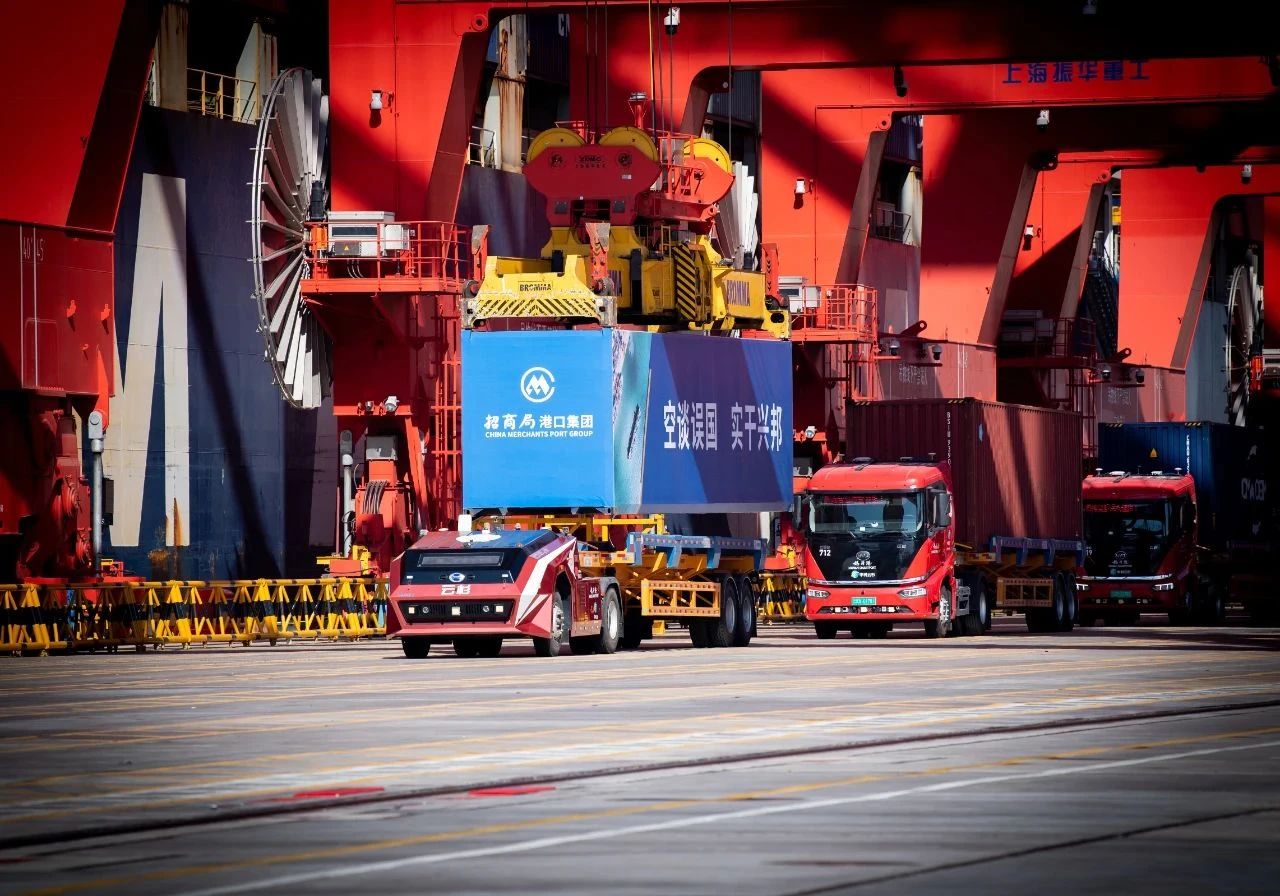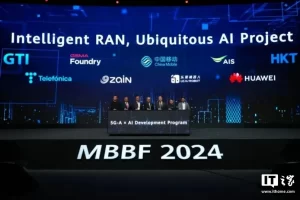Currently, over two-thirds of global trade and more than 90% of China’s import-export trade rely on shipping hubs, underscoring the critical role of ports. As a key player in global trade, China has been actively upgrading and expanding its ports, reinforcing its position in the global supply chain and leading the development of smart ports worldwide.
Policy Support: A Trend of Port Expansion
The government has introduced a series of policy measures to ensure the smooth implementation of port expansion and smart upgrades.
As early as March 2023, the Ministry of Transport, along with the National Development and Reform Commission, the Ministry of Natural Resources, the Ministry of Ecology and Environment, and the Ministry of Water Resources, jointly issued a notification to accelerate the expansion and renovation of coastal and inland port terminals. The goal is to promote high-quality development by utilizing existing port resources without significantly occupying coastlines, waters, or land.
Driven by these policies, coastal cities in China have seen unprecedented port expansions over the past two years. Significant projects are underway at major ports like Ningbo Zhoushan Port, Qingdao Port, Shanghai Port, Guangzhou Port, and Shenzhen Port.
Ningbo Zhoushan Port: In September, the Ningbo Zhoushan Port Co., Ltd. announced an investment of approximately 6.5 billion yuan to construct the Phase 1 project at Liuheng Port’s Fodu Operations Area, scheduled to start in October 2025 and complete by December 2027, reaching full production by December 2030.
Qingdao Port: Qingdao’s master plan, approved in September, aims to double its capacity to 830 million tons through the construction of automated unmanned terminals and upgrades totaling 16.8 billion yuan in the Qianwan Port area, along with 31 billion yuan for key projects in the Dongjiakou Port area.
Shanghai Port: The Xiaoyangshan North Operations Area, which will cost 51.3 billion yuan to build, will include 7 berths for 70,000-ton ships and 15 berths for 20,000-ton ships. It is designed to handle 11.6 million TEUs per year.
Shenzhen Port: Shenzhen’s Yantian East Operations Area Phase 1 container terminal, a joint venture with an investment of about 10.9 billion yuan, saw significant structural milestones completed this October.
Tianjin Port: With a 5.797 billion yuan investment in the Tianjin Port expansion project, construction is set to begin later this year, targeting to double throughput capacity within three years.
Smart Port Development: Leading Global Standards
In September, the General Administration of Customs and other authorities released guidelines on building smart ports, aiming for significant advancements in the intelligence level of key port facilities and operations by 2035, positioning China as a global leader.
The transformation involves intelligent construction of port facilities and the digitalization of operational management, with “visualized” operational oversight.
Significant progress has been made in automated and unmanned operations at ports like Ningbo Zhoushan, Qingdao, Guangzhou Nansha, Tianjin, Shanghai, Xiamen, and Shenzhen.
Ningbo Zhoushan Port employs over 100 unmanned container trucks managed by FABU Technology and SeniorAuto, supporting mixed-mode automated operations.
Shanghai Port has received 145 AGVs delivered by Zhenhua Heavy Industries for its fully automated terminal.
Qingdao Port‘s Phase III automation includes a range of autonomous vehicles and will soon incorporate new smart trucks for additional logistics solutions.
Shenzhen‘s Mawan Port, a reformed traditional terminal, now operates with 5G-enabled autonomous container trucks.
Guangzhou Nansha Phase IV hosts the world’s largest fleet of BeiDou-guided unmanned IGVs with over 138 units.
Jingtang Port area of Tangshan Port, unmanned container trucks were introduced for trial operations within the port as early as 2019. In November 2023, the Jingtang Port area container terminal’s smart transformation project passed technical evaluation.
Tianjin Port‘s North Port C section became the world’s first “zero-carbon smart” terminal in October 2023, supported by a fleet of over 100 autonomous vehicles.
Xiamen Port continues to lead in automation with advanced transport vehicles for container operations, enhancing port efficiency and global trade facilitation.

In Conclusion
The continued push for smart port development and L4-level low-speed autonomous driving applications showcases the value of commercial port automation. China’s port expansions and smart port initiatives are not only an investment in the domestic economy but also a reshaping of global trade dynamics. By enhancing port capacity and service levels, China is strengthening its position in the global supply chain and promoting sustained economic growth.
As foundational facilities in the maritime economy, ports play a critical strategic role. Upgrading them with smart technologies has become essential for unlocking productivity in many coastal cities. Among the key developments, Weihai in Shandong has made significant strides with initiatives such as multimodal transport trials and the launch of new trade routes with Africa.










